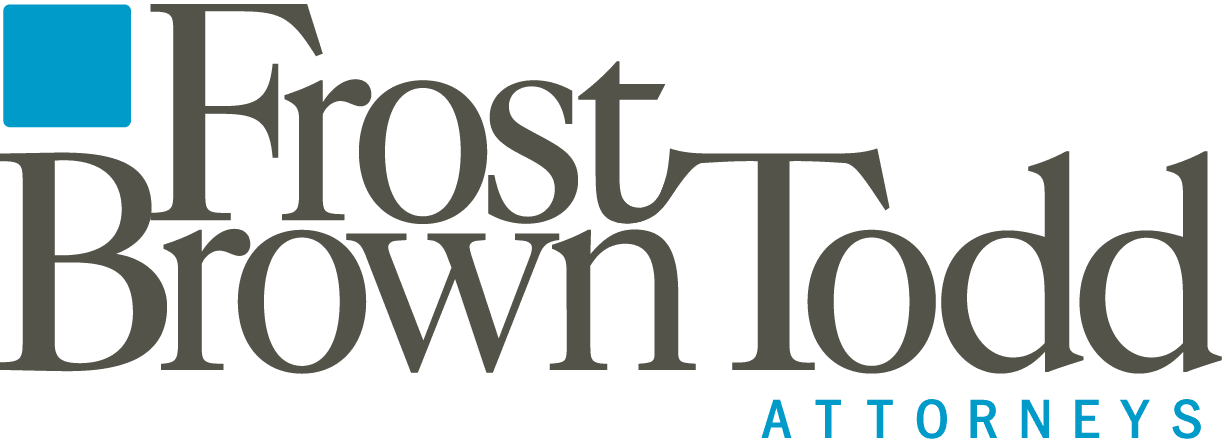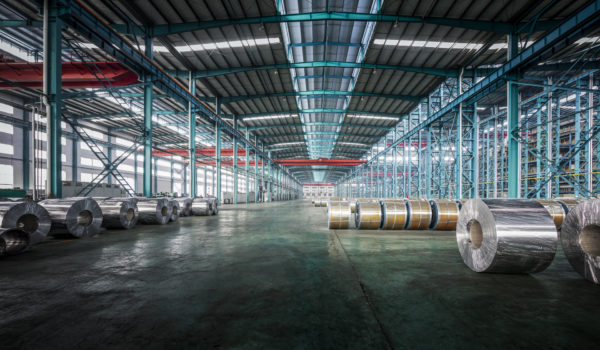In April, as part of the AutoConnect program hosted by Frost Brown Todd in Nashville, TN, a panel comprised of representatives from OEMs, Tier 1 suppliers, outside legal counsel, and outside origin-and-cause experts participated in a crisis response-focused thought experiment, working through a case study involving an imaginary explosion and resulting fire at an automotive supplier’s production plant.
Determining the best approach during a crisis response involves understanding the different concerns at each level of the supply chain. An OEM’s main concern will be avoiding any supply chain disruptions, and this differs from that of the Tier 1 supplier. For this reason and many others, it was beneficial to hear from a panel that boasted perspectives from several different stakeholders experienced in these scenarios.
The following is a summary of some of the key considerations mentioned by the panelists when preparing their hypothetical responses to the case study.
Continue reading the article below or watch this short video for key points and takeaways.
Communication
Lawsuits and discovery should be at the forefront of everyone’s mind when working through crisis responses and preparing communication related to such events. Everything is discoverable to a certain extent, and therefore any communication, whether internal or external, requires a careful approach.
Tip #1: Train Proactively and Designate a Spokesperson
It can be helpful to provide training early on for any key team members who will be on the frontline of an organization’s crisis response efforts. Additionally, designating a spokesperson early can be helpful in handling public inquiries from the media.
Internal Investigations
From the onset of any crisis event, there will be numerous investigations and related requests from various government agencies. Internal investigations will likely be conducted at the same time. Going back to the concerns related to potential litigation and discovery, outside counsel should be involved in any internal investigations and lead them if possible.
Tip #2: Take Advantage of Attorney-Client Privilege
If legal counsel is not involved with the investigations, then any work product would not be protected by attorney-client privilege. By contrast, having legal counsel involved with the investigations and the preparation of drafts allows for some control of the final work product that is eventually delivered to the government agencies.
Scene Preservation and Consulting with Experts
Additionally, subject-matter experts retained by outside counsel should be consulted from the onset of any investigation. These experts will be able to provide guidance on a variety of issues over the course of an investigation, including general best practices, identifying interested parties, spoilation of evidence, documentation prior to the alteration of evidence, and notifications prior to any destructive testing.
Tip #3: Develop and Have a Protocol in Place for Investigations
To address many of these issues, it is best to develop a general plan or protocol for investigations into the causes and impact of the crisis. Having a protocol in place can help employers deal with all the different personnel and entities that will be on-site for their respective investigations. Existing plans should be periodically reviewed and updated. It is also important that a chain of command is established, and clear guidelines are set out, especially for things like the required personal protective equipment (PPE) when on-site since compliance with Occupational Safety and Health Administration (OSHA) requirements will be a concern for everyone involved with the investigations.
OSHA Concerns
All employers are obligated to report certain incidents to OSHA. This obligation will include most crisis events, and OSHA investigations will follow soon after any reporting.
Once OSHA is on-site conducting their investigation, a good practice is trying to duplicate their investigation as much as possible. This means capturing all the same information, which could be samples collected or also interviews conducted. OSHA only allows additional parties to be present for interviews with members of management, but for all other interviews, both the people interviewed and the length of the interviews should be noted.
Additionally, with so much information being exchanged during these investigations, concerns often arise related to proprietary information and trade secrets. With respect to OSHA, there are statutes in place that establish confidentiality, but the organization under investigation is responsible for pointing out what should be kept confidential.
Tip #4: Insist on Having an Opening Conference with OSHA
A helpful first step for preparing for any OSHA investigations related to the crisis event can be setting up an opening conference with OSHA representatives. Such a conference can provide a platform for OSHA to describe the scope of its investigation, which may be negotiable.
This article identifies some key considerations for OEMs and Tier 1 suppliers during a crisis event. For more information, please contact the authors or any attorney in Frost Brown Todd’s Mobility Industry Team.

